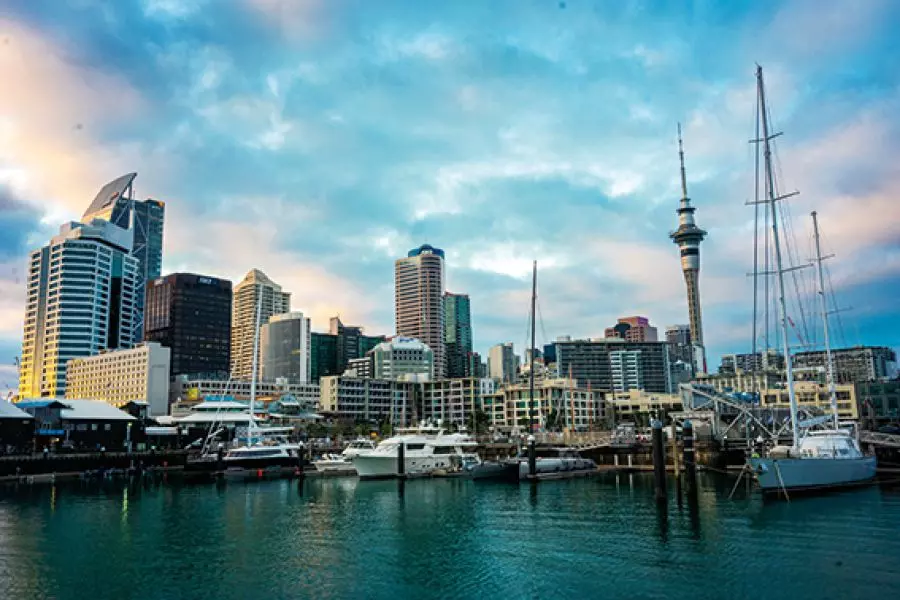
News
Top city - top prices

Monday 16th of August 2021
Once the scene of seedy lodging houses and commercial buildings, Auckland’s CBD and inner-city suburbs have become a cultural hotspot and home to the affluent and urbane.
In the 1980s and 1990s inner-city culture was revived. Shop trading and hotel opening hours and gambling laws were freed, encouraging more cafes, restaurants, nightclubs, casinos and entertainment, along wit...
Want to read the full article?
Click the button below to subscribe and will have unlimited access to full article and all other articles on the site.
8 min read
10 min read





![[The Wrap] Bye Bye Bayly](https://goodreturns.publit.io/file/c_fill,w_900,h_600/39f23ac1-f7c7-4854-b700-a150004ebbac.webp)


